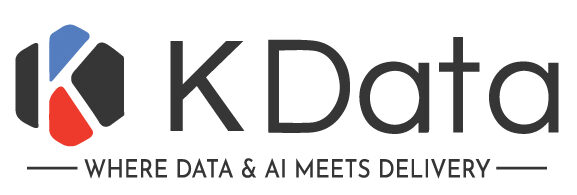
Canadian banks should consider several critical factors when implementing chatbots to enhance customer service, streamline operations, and stay competitive in the financial industry. Below are key insights:
Key Considerations for Chatbot Implementation
- Security and Compliance
- Banking chatbots handle sensitive financial data, so ensuring robust security measures is essential. This includes implementing multi-factor authentication, secure messaging channels, and compliance with regulations like GDPR and PCI-DSS.
- Transparency about how customer data is used and stored is vital to build trust.
- Seamless Integration with Existing Systems
- Chatbots must integrate with core banking systems such as account management, transaction processing, and CRM platforms. This enables personalized services, real-time updates, and efficient handling of customer queries.
- Natural Language Processing (NLP) Capabilities
- Advanced NLP allows chatbots to understand complex customer queries and provide accurate responses in a conversational tone. Continuous training with real-world interactions enhances their accuracy over time.
- Omnichannel Support
- Deploying chatbots across multiple platforms like mobile apps, websites, voice assistants, and messaging apps ensures customers can interact through their preferred channels. This provides a seamless experience across touchpoints.
- Personalization
- By analyzing customer data such as transaction history and preferences, chatbots can offer tailored financial advice or product recommendations. Tools like RBC’s NOMI chatbot exemplify this by providing insights into spending habits and offering proactive suggestions.
- Continuous Improvement
- Regularly monitor chatbot performance using analytics and customer feedback to identify areas for improvement. This iterative process helps enhance both functionality and user experience over time.
- Human Escalation Options
- Chatbots should clearly indicate their limitations and provide easy escalation paths to human agents for complex issues. This ensures a balance between automation and personalized human support.
Benefits of Chatbots for Canadian Banks
- Improved Customer Experience
- Chatbots can provide 24/7 support for routine inquiries, reducing wait times and increasing customer satisfaction. For example, Scotiabank’s chatbot has managed over two million messages with 70% accuracy since its launch.
- They simplify navigation on banking websites by answering questions in real-time.
- Operational Efficiency
- By handling repetitive tasks such as FAQs or basic transactions, chatbots free up staff to focus on more complex customer needs. CNB Bank & Trust reported an 80% reduction in teller inquiries due to its chatbot.
- Cost savings are achieved through reduced call center volumes and automation of routine processes.
- Lead Generation
- Chatbots can capture potential client information, analyze spending habits, and suggest relevant financial products, driving higher engagement and conversions.
- Proactive Financial Assistance
- Predictive capabilities allow chatbots to anticipate customer needs, such as warning about potential overdrafts or suggesting savings strategies based on spending patterns.
Challenges to Address
- Avoiding Errors (“Hallucinations”)
- Chatbots must provide factually correct information to avoid reputational risks or legal issues. For example, Air Canada faced challenges when its chatbot provided incorrect policy information.
- High Initial Investment
- Developing AI-powered chatbots requires significant upfront costs for programming and integration but offers long-term cost savings.
- Balancing Automation with Human Interaction
- While automation is efficient, maintaining a human touch for complex issues is crucial to fostering trust and satisfaction among customers.
Future Trends in Banking Chatbots
- Voice-Based Assistants
- Voice-enabled chatbots are gaining popularity for hands-free banking interactions, as seen with tools like Capital One’s Eno.
- Predictive Banking
- Chatbots are evolving to proactively guide customers by predicting their needs based on past behaviors—e.g., suggesting ways to avoid fees or improve budgeting habits.
By adopting these strategies and addressing challenges effectively, Canadian banks can leverage chatbots to enhance operational efficiency while delivering personalized and secure customer experiences.
